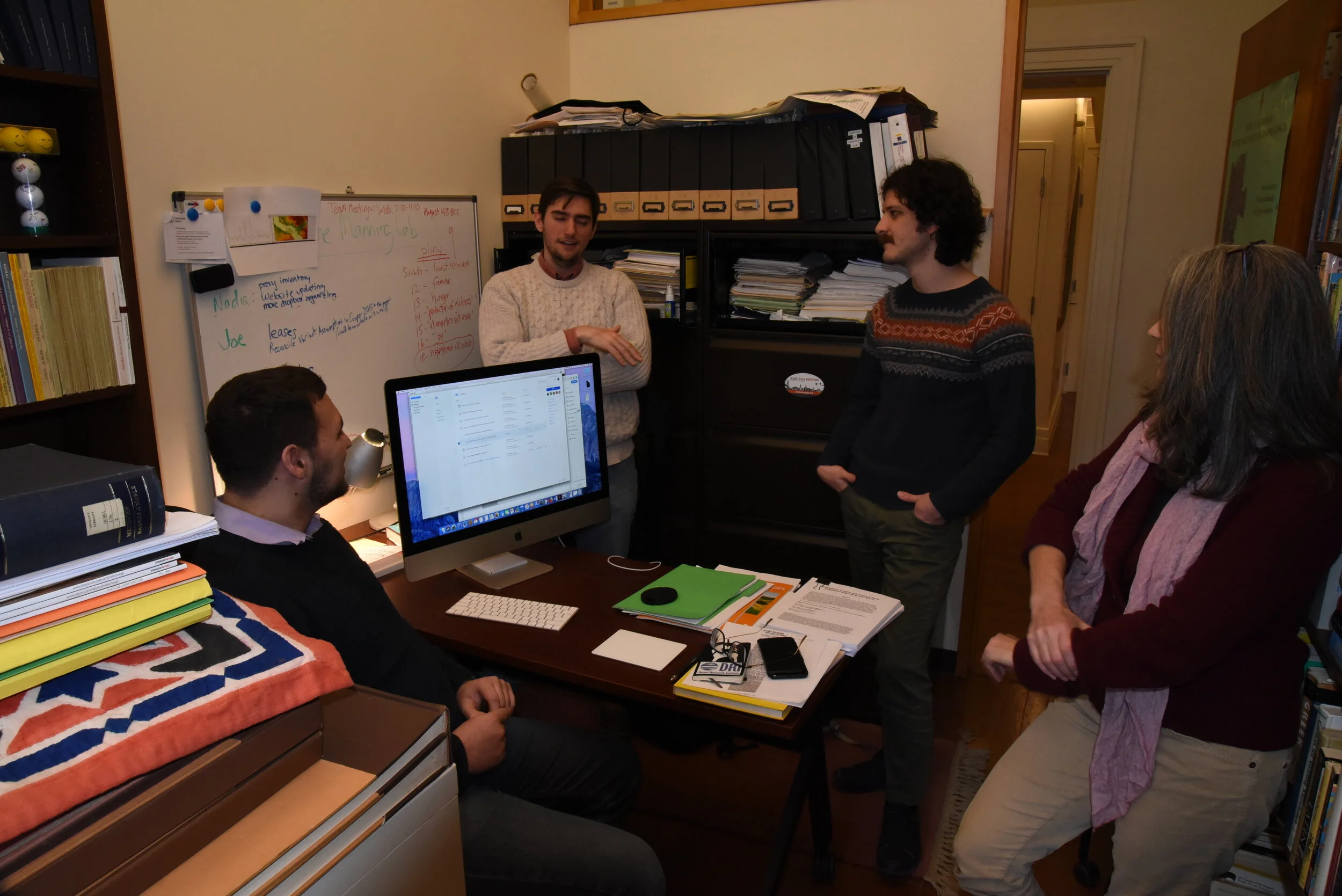We have been thinking a lot in recent months about situating our project in the context of the broader fields of Historical Climatology, Paleoclimatology and environmental history. All three fields are large ones with considerable literature. Part of the work of the project is to read through the literature in these fields to make sure we are both up-to-date and not in the habit of re-inventing various wheels that already exist. In reading through the literature, one of the astonishing things that emerges is that research that works at the intersection of Paleoclimate and history has not only exploded in the last decade, but it is also using more highly resolved data, along with powerful climate models, and thinking a lot harder about how best to integrate climate data and historical analysis.
One of the now classic works in the field is a series of articles that appeared in the pioneering Journal of Interdisciplinary History 10 (1980). It was published a year later by Princeton University Press as Climate and History. Studies in Interdisciplinary History. Ed. Robert I. Rotberg and Theodore K. Rabb, 1981. All of the articles are pioneering efforts in the problems of the integration of scientific data in historical processes and the volume set a serious agenda that provides the foundation for much ongoing work including our own. It is well worth reading the volume with care.
A few things stand out. The first is periodization, that old bug bear of historians. The question here is was climatic change the most important driver of cultural turning points like the Bronze Age “Collapse, ” the Roman climate optimum, the Medieval Climate Anomaly, and the Little Ice Age? When did these periods begin and end? What about short-term climate shocks? How did these, if they did, play a role in cultural change or adaptation? An important issue, raised by the historian Jan De Vries, is measurement. Can we really show that temperature or precipitation changes produced a “crisis”? Given the complexity of societies, even ancient ones, the uncertainties of data, and the difficulties of assigning historical causality, it is better, he suggests, to think about adaptation. Juxtaposing climate facts and historical facts and assuming the two must somehow be related just won’t do. Given that our project is funded by the National Science Foundation in the Dynamics of Coupled Natural and Human Systems (CNH)( Dynamics of Integrated Socio-Environmental Systems the new iteration of funding is CNH2) call, we think that the integration of historical and climate date within this model is a very good (if very challenging) way to go.
“Unless these crises can be shown to be something other than unique, exogenous shocks,” De Vries rightly concludes, “a skeptic might feel justified in concluding that short-term climatic crises stand in relation to economic history as bank robbers to the history of banking.”1 He’s speaking about short term, year by year climate shocks, and is correct to say that understanding climate/human events in a longer time series is better with very specific models. Climatic change may have been a very tiny part of historical change, at other times it might have played a significant role. The challenge is to measure climate as an independent variable. Here time scale is critical, and we are fortunate now, compared to 1980, in having much better and more highly resolved data, often on the same time scale as historians work, i.e. annual.
Above all else, what comes through in the volume is that in order to do this work we must work in collaborative teams. In a very thoughtful summary piece in the volume entitled “The Historian and the Climatologist,” the historian Ted Rabb concludes that members of a collaborative team, coming from quite different training and perspectives, must have the same aims and every one must have a “stake” in the outcomes of the project. Some of the issues that we can tackle together, Rabb suggests, are: weighing the role of climate change in the incidence or severity of disease, the price fluctuation of grain and other commodities, transportation and communication, and the acceptance of government intervening in daily life (Rabb p. 257). This is exactly on point for us, and we have an ideal, highly collaborative and collegial team. Work has advanced greatly since 1980, and we are most fortunate in standing on the shoulders of visionaries.
Author: Joe Manning, PI (Yale University)
Works Cited:
1 Jan De Vries, “Measuring the impact of climate on history: the search for appropriate methodologies,” in Climate and History. Studies in Interdisciplinary History. Ed. Robert I. Rotberg and Theodore K. Rabb. Princeton:Princeton University Press, 1981. P. 23.
